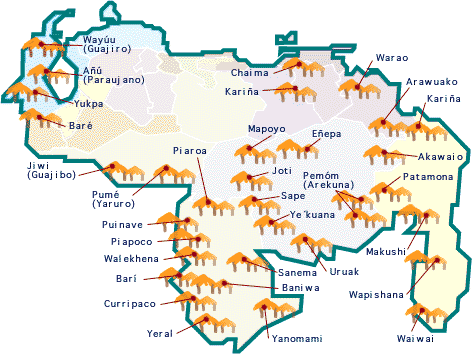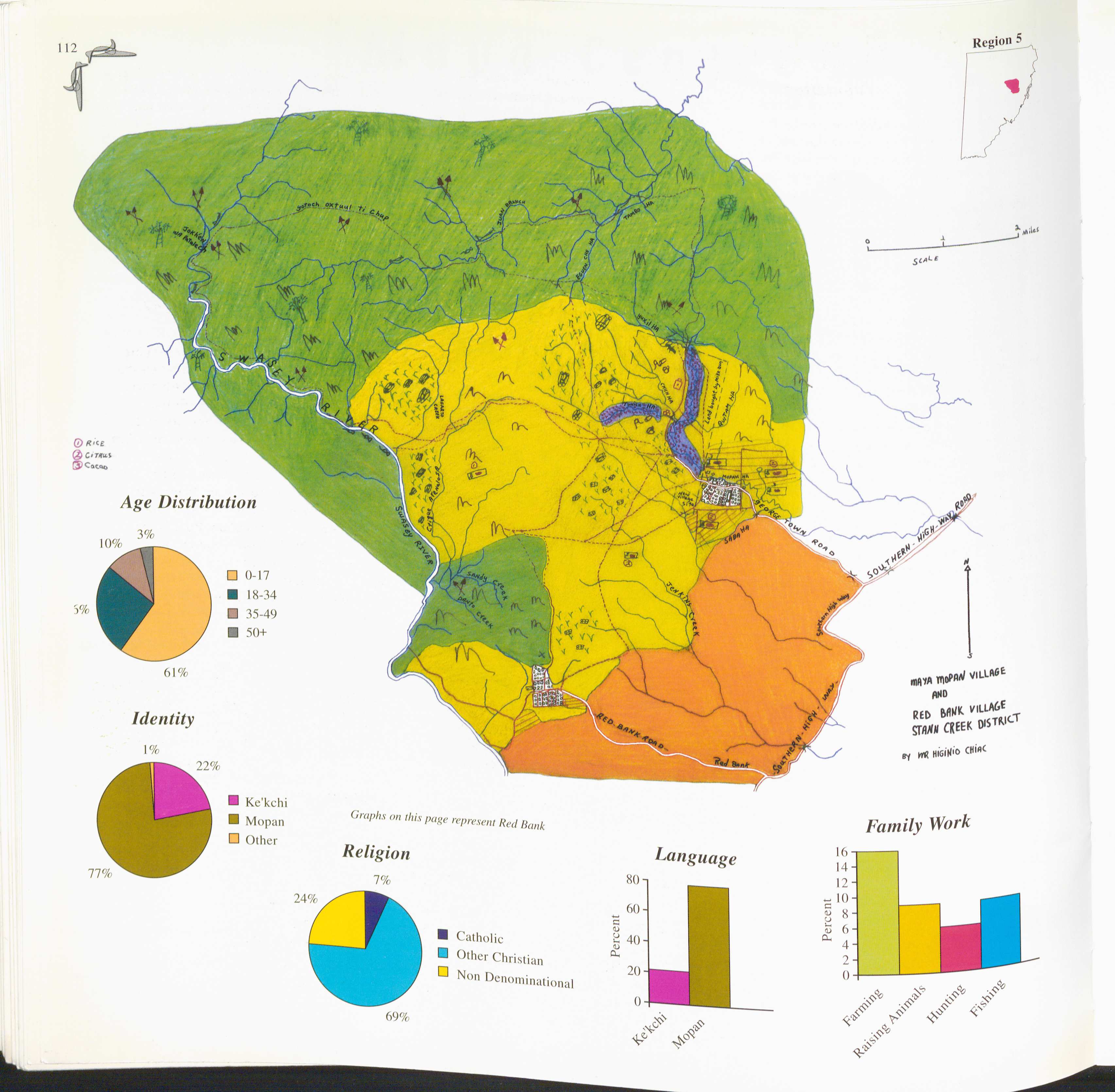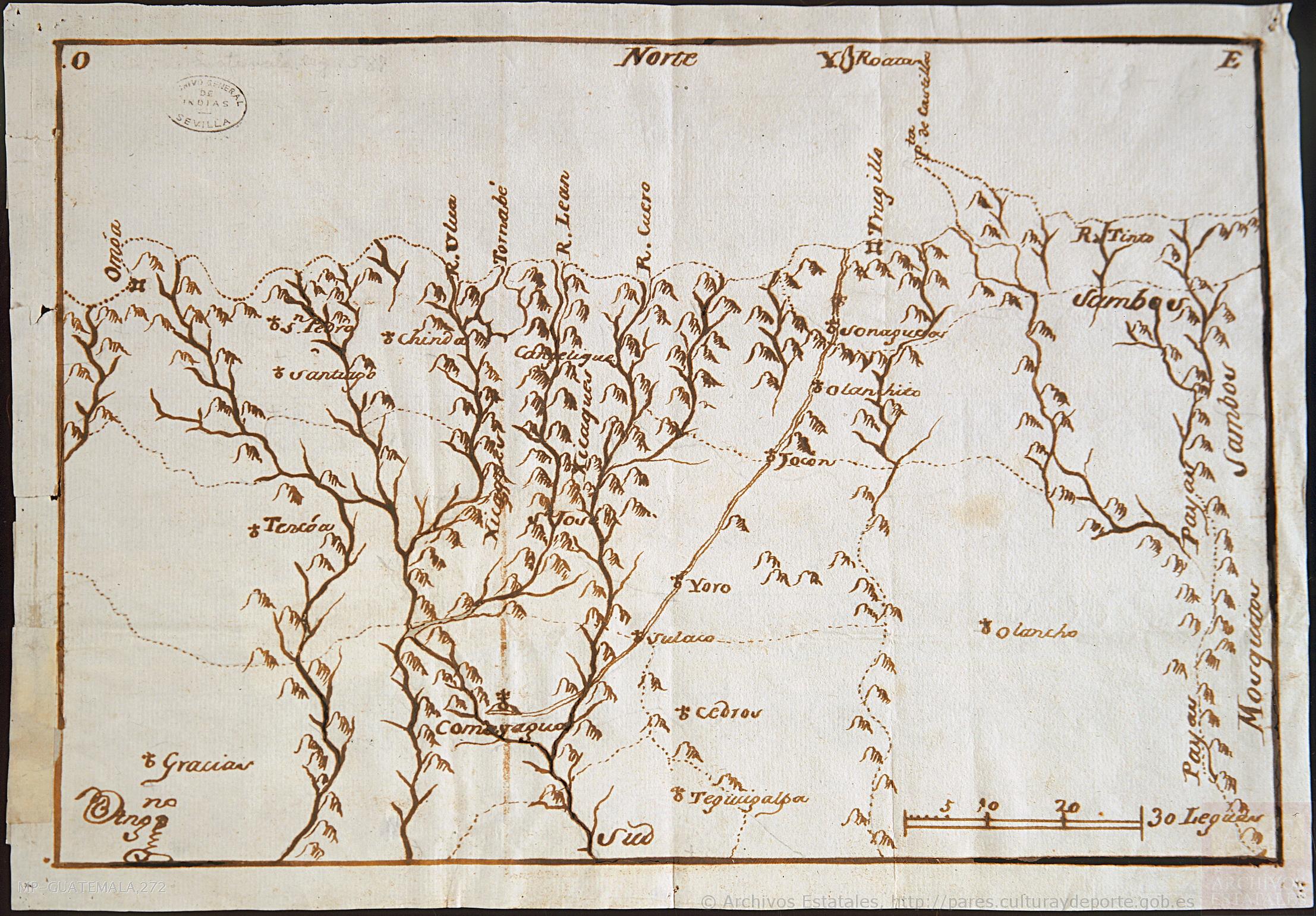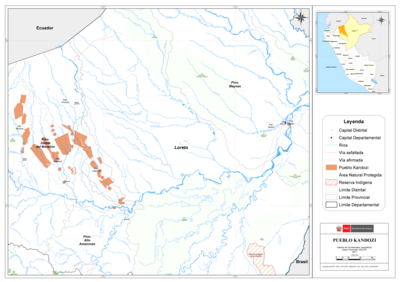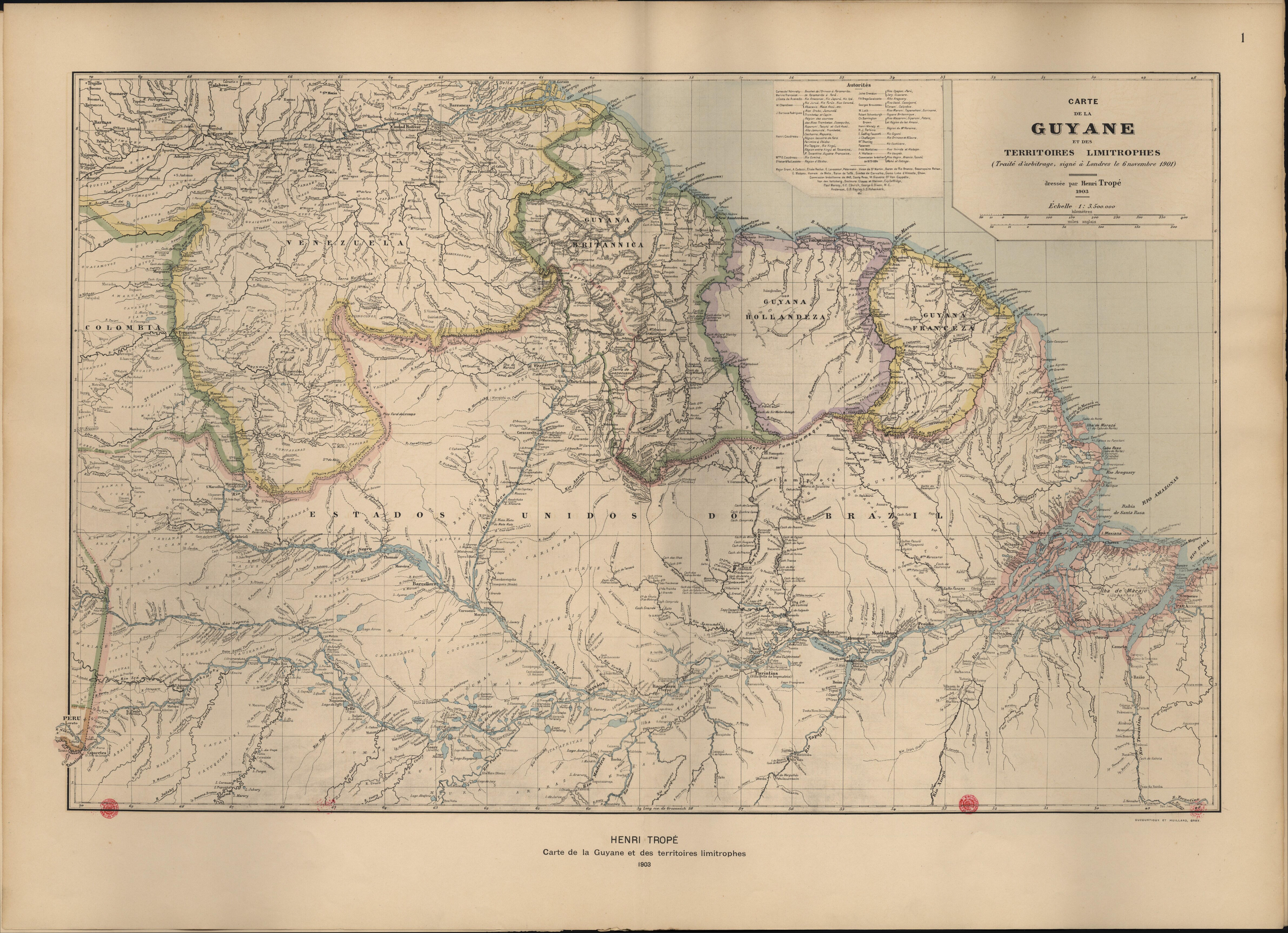Abstract
The early twenty-first century has seen a rise in the global Indigenous rights movement, highlighted by the adoptions of the United Nations Declaration on the Rights of Indigenous Peoples in 2007. This movement has raised awareness of the discrimination and dispossession faced by Indigenous groups and emphasized self-determination in cultural, social, economic, and political rights. A crucial element is the “land back” initiative, which advocates for the return of Indigenous homelands in four ways: recognition of reservations, land claims hearings, land return, and financial reparations. Indigenous communities across the Americas are pursuing these forms of reparation, often with minimal government support. In the United States, Indigenous communities have increasingly used non-profit land trusts to reclaim land. This model, borrowed from environmental conservation efforts, allows Indigenous communities to control land ownership. The Colfax-Todds Valley Consolidated Tribe of the Colfax Rancheria (CTVCT) in California exemplifies this approach. After losing their reservation lands in the 1960s, the CTVCT formed the Koy’o Land Conservancy. This enabled them to reclaim land, such as the Gerjuoy North Fork Preserve, now renamed Yo’ Dok’im Pakan. This effort symbolizes sovereignty and cultural resilience, showcasing how private conservation tools can support land return initiatives.
The dispossession of Indigenous homelands undermines communities’ ability to maintain social and political cohesion, sustain cultural practices, and imagine a secure future. Nevertheless, the first quarter of the twenty-first century has witnessed the rise of a global Indigenous rights movement. With the adoption of the United Nations Declaration on the Rights of Indigenous Peoples (2007) and an increased awareness of the discrimination and dispossession faced by Indigenous groups, demands of self-determination for cultural, social, economic, and political rights have grown.1
A key element of this movement has been to encourage the concept of “land back,” or the return of Indigenous homelands to their rightful stewards, in some form or another. This general idea has been made concrete in four ways: (1) stronger recognition of reservations or ejidos previously set aside for Indigenous communities by treaty or government policy; (2) government-sponsored land claims hearings to adjudicate land compensation for Indigenous communities, which may or may not include land rights; (3) the return of land to Indigenous communities; and (4) mandatory or voluntary financial reparations. Throughout the Americas, Indigenous groups have advanced variations of these four forms of reparation in their specific political contexts.
Especially in the absence of strong support or acknowledgement from a government, Indigenous communities are exploring different models to support “land back” themselves. Many have focused on developing specific legal mechanisms for the community to own property outright. Here, Indigenous communities have adopted longstanding models from environmental conservation and employed non-profit land trusts as an organizational form to meet communal ownership needs. Such models are appealing because control over tribal territory can remain within an Indigenous community. In this way, they promote community sustainability and build governance capacity even when formal mechanisms of tribal sovereignty are structurally limited. Although variations on the non-profit land trust model can be found across the Americas, they have gained significant traction in the United States, where land conservation is already a well-established focus for non-profit organizations. The Colfax-Todds Valley Consolidated Tribe of the Colfax Rancheria incorporated the Koy’o Land Conservancy specifically for this purpose.
The homelands of the Colfax-Todds Valley Consolidated Tribe of the Colfax Rancheria (CTVCT) lie in the Sierra Nevada mountains of northeastern California. Miners discovered gold there in 1848, and settlers who rushed into the region forced Indigenous people from their lands or killed them outright. Some Indigenous people sought refuge in marginal areas, returning once the miners had stripped away the gold from the region’s auriferous gravels and soils. In 1915, the Bureau of Indian Affairs acquired 40 acres of land in Colfax, California, for the survivors of the Tribe. A census taken at the time identified only sixty-five surviving members. However, the purchase provided the Tribe with a reservation, also known as a “rancheria,” and a federal gesture of recognition that became the basis for the Tribe’s formal relationship with the U.S. Government.2
Only a few decades later, a national movement to terminate Native American reservations gained traction, with California serving as a testing ground for this policy. In 1958, the U.S. Congress enacted the California Rancheria Act, which terminated 41 reservations and their relationship with the U.S. Government and distributed the land in private title to tribal members. An amendment to the law, which permitted the Bureau of Indian Affairs to sell other California reservation lands, passed in 1964. While the Colfax Rancheria was not one of the 41 reservations subject to the 1958 law, the Tribe’s lands were subject to the 1964 amendment. Although the Tribe’s members protested, the Bureau of Indian Affairs sold the Colfax Rancheria in 1965.3
Following the Colfax Rancheria’s sale, the land was subdivided and developed for housing. The housing tract made reincorporation of the reservation impractical. However, some of the parcels were kept as open space and remained undeveloped. Local resident Local resident Sue Ghilotti, who had acquired some of these parcels, offered to return her undeveloped property to the Tribe after learning about their history. The challenge in doing so was that the CTVCT needed an organization capable of holding and maintaining the land on behalf of the Tribe. A tribally controlled land conservancy, incorporated in U.S. law as a nonprofit organization, was the best mechanism. Ultimately, the Koy’o Land Conservancy could hold Sue Ghilotti’s parcels and any other culturally significant lands that the CTVCT might acquire.4
In 2022, recognizing that the CTVCT could hold land through the Koy’o Land Conservancy, the Placer Land Trust transferred 40 acres of forestland, known as the Gerjuoy North Fork Preserve, to the Tribe. The land is a hotspot for biodiversity in the Sierra Nevada foothills. With a view of the high Sierra Mountains above and a river valley below, it is also a place where the CTVCT’s ancestors had gathered and prepared food. The previous owner had worked with the Placer Land Trust to ensure the permanent conservation of the property, and when Placer Land Trust acquired the land with funding from the State of California Wildlife Conservation Board in 2020, conservation covenants protecting it were transferred along with ownership. The land transfer presented an opportunity to rename the land with a traditional name. The Tribe renamed the property as the Yo’ Dok’im Pakan – Gerjuoy North Fork Preserve. The name “Yo’ Dok’im Pakan” means “North Fork Spring” in the Nisenan language and reflects the location of the parcel within the CTVCT’s homelands.5
For tribes such as the CTVCT, reclaiming land contributes to community repair. Ownership becomes an exercise of sovereignty, as Tribes can practice their traditional culture and ecological stewardship of the landscape without outside interference. The CTVCT is now contemplating how to best memorialize the loss of the reservation, the Tribe’s current lack of federal recognition, and the federal policies that were so disastrous to its members, as well as to other tribes in California. By making the space a “living memorial” with traditional plants and interpretive elements, the Tribe hopes to connect with national conversations that are reimagining how to commemorate tragic events and systemic injustices. For now, the possession of even a portion of the former reservation stands as a powerful acknowledgement of the Tribe’s persistence and continued presence in Placer County, California. The CTVCT is looking at ways to integrate traditional ecological practices into their stewardship of the Yo’ Dok’im Pakan – Gerjuoy North Fork Preserve. These include the cultural use of fire, which refers to traditional Indigenous practices of using controlled or prescribed burns to manage landscapes, promote biodiversity, and prevent larger wildfires. In 2024, the Tribe received a major grant from the State of California’s Tribal Nature-Based Solutions Program to enhance its ability to steward traditional landscapes in the Sierra Nevada mountains and foothills.
The CTVCT’s experience demonstrates how establishing a land conservancy can pave the way for broader efforts to reclaim traditional lands, thus serving as a catalyst in accelerating “land back.” Although the initial land transfer was quite modest, it was vital for memorializing the Tribe’s experience, and it demonstrated the Tribe’s capacity for land management and governance to external stakeholders who were seeking a tribal partner. The effort put into establishing the land conservancy ultimately paid off, leading to both land acquisitions and additional grant funding to support the Tribe’s conservation efforts. The CTVCT’s success in becoming a “landed Tribe” once more serves as a powerful reminder that private conservation tools, when adapted for Indigenous purposes, can effectively support tribal goals and needs.
This article is adapted from:
Daniels, Brian I., III, Clyde Prout, Cubbler, Pam, Armbruster, Fiona and Canning, Sylvie. “Returning Homelands to a California Native American Tribe.” Expedition Magazine 64, no. 1 (2022): 4–5. Accessed May 29, 2024. https://www.penn.museum/sites/expedition/returning-homelands-to-a-california-native-american-tribe/
References:
“Ancestral Homelands Return to Local Tribe.” Placer Land Trust. Accessed May 29, 2024. https://placerlandtrust.org/ancestral-homelands-return-to-local-tribe/.
Daniels, Brian I., Clyde Prout III, Pam Cubbler, Fiona Armbruster, and Sylvie Canning. “Returning Homelands to a California Native American Tribe,” Expedition Magazine 64, no. 1 (2022): 4–5. Available at: https://www.penn.museum/sites/expedition/returning-homelands-to-a-california-native-american-tribe/.
Niezen, Ronald. The Origins of Indigenism: Human Rights and the Politics of Identity. Berkeley, CA: University of California Press, 2003.
For Additional Reading:
Middleton, Beth Rose. Trust in the Land: New Directions in Tribal Conservation. Tucson, AZ: University of Arizona Press, 2011.
For background on the global Indigenous rights movement, see Ronald Niezen, The Origins of Indigenism: Human Rights and the Politics of Identity (Berkeley, CA: University of California Press, 2003). ↩︎
See Brian I. Daniels, Clyde Prout III, Pam Cubbler, Fiona Armbruster, and Sylvie Canning, “Returning Homelands to a California Native American Tribe,” Expedition Magazine 64, no. 1 (2022): 4–5. Available at: https://www.penn.museum/sites/expedition/returning-homelands-to-a-california-native-american-tribe/. ↩︎
Daniels, Prout, Cubbler, Armbruster, and Canning, “Returning Homelands to a California Native American Tribe,” 4–5. ↩︎
Daniels, Prout, Cubbler, Armbruster, and Canning, “Returning Homelands to a California Native American Tribe,” 4–5. ↩︎
“Ancestral Homelands Return to Local Tribe,” Placer Land Trust, accessed May 29, 2024, https://placerlandtrust.org/ancestral-homelands-return-to-local-tribe/. ↩︎
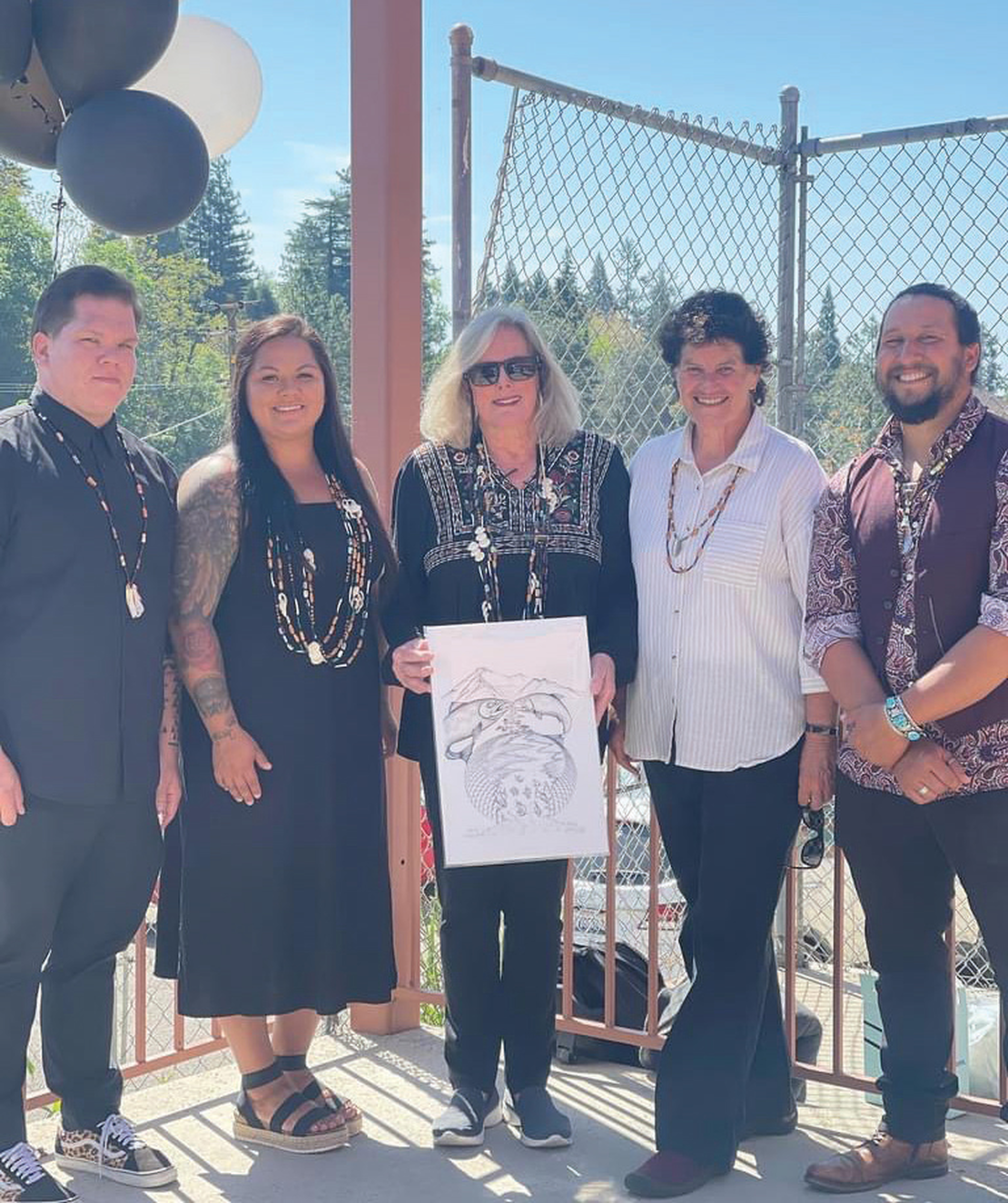
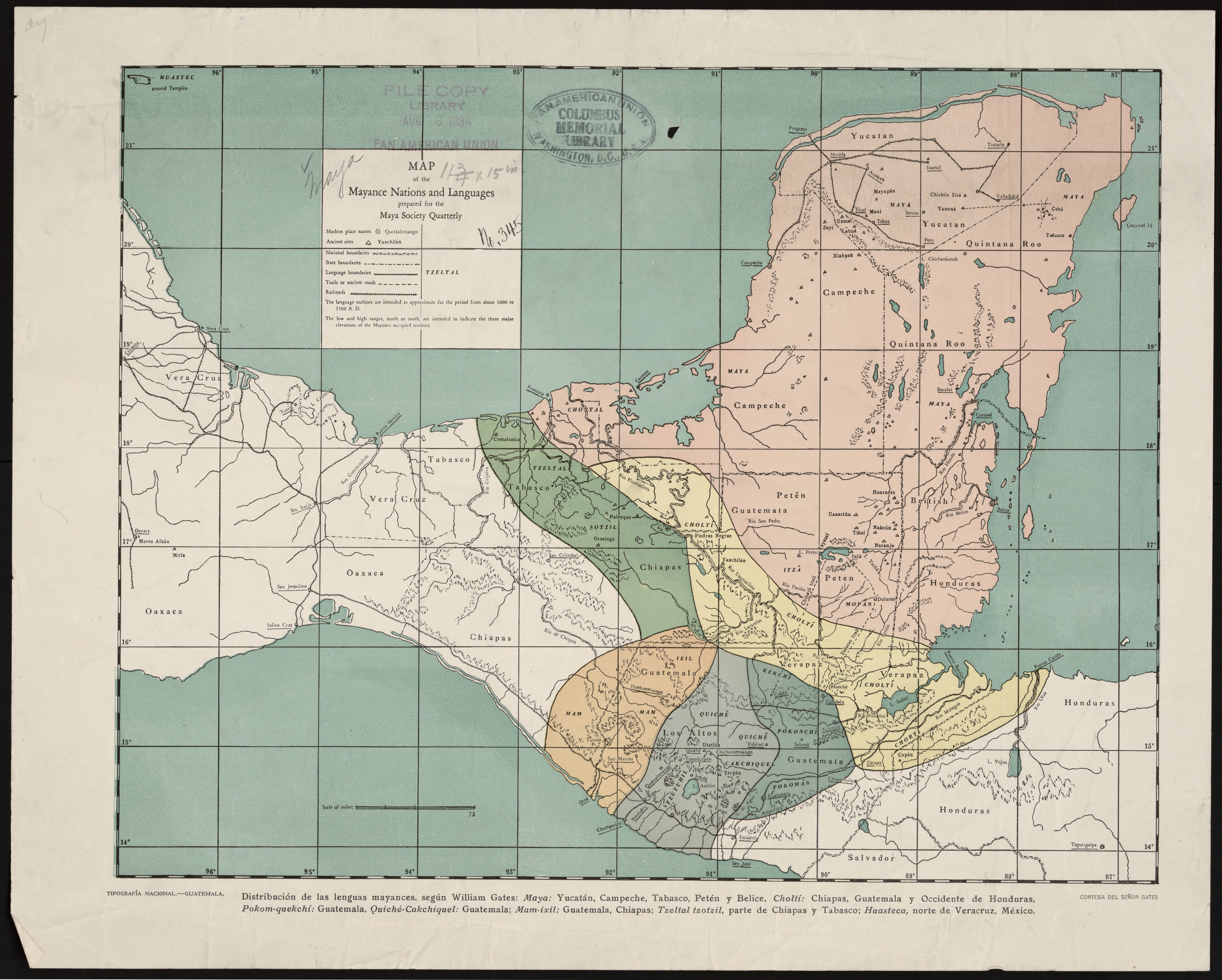
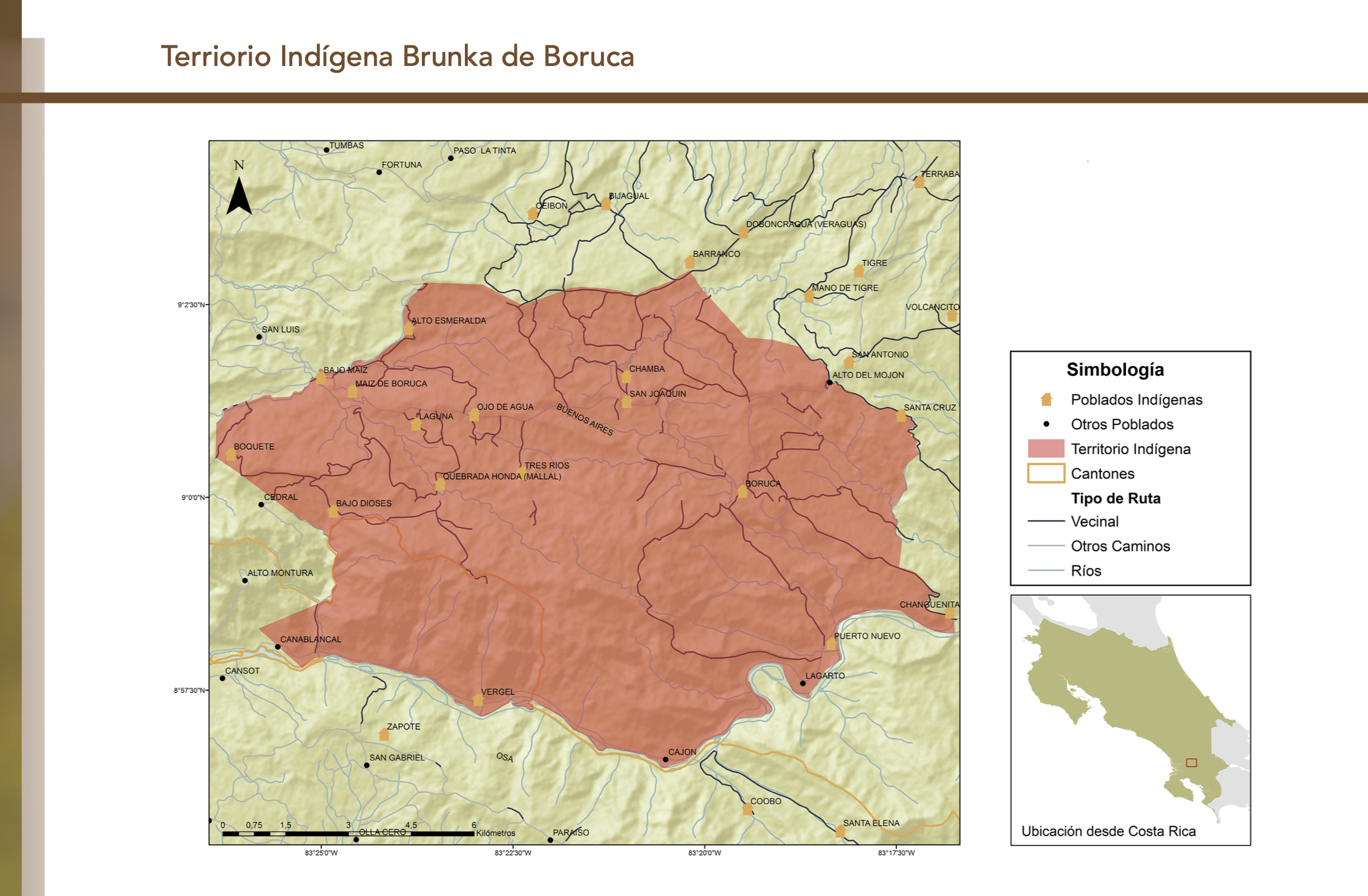
![Plan que comprehende todo el terreno que ocupan los jentiles del Darién y Calidonia en la Costa del Norte y confines de las provincias immediatas, con todo lo que posee la de el Real de Santa María y Rios que derraman en el Grande de Chuchunaque según lo últimamente añadido por el Governad[o]r D[o]n Andrés Ariza, a el Plan que le entregó el Brigadier de Yngenieros D[o]n Antonio Arebalo con el suplemento a el de la situación de el Golfo de el Darién, Bocas, y derrames de el Rio Atrato, y de la costa hasta la Ensenada de Tolú para la ynteligencia de las ventajas que proporcionan las poblaciones que se deven establecer en aquellos parajes enmendado todo y formado en punto mayor por el cap[itá]n de Ynfantería D[o]n Antonio de la Torre;con la advertencia de que todo el Pais es muy fragoso de Montañas, por atrabesarle la Cordillera de los Andes](https://dnet8ble6lm7w.cloudfront.net/maps/COL/COL0077.jpg)
